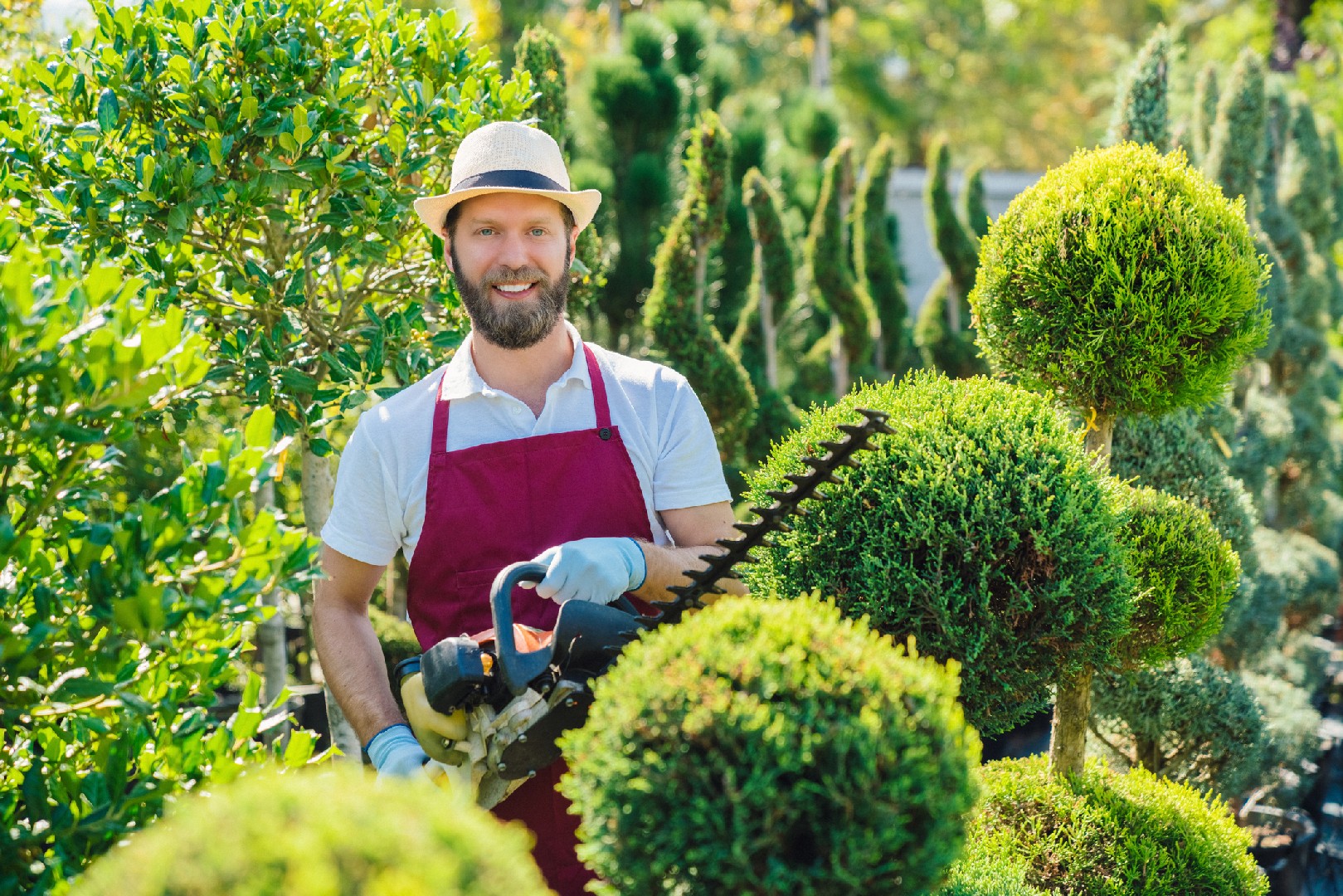![Rectangle]()
Bringing it all together: Shaping Your Garden
When it comes to shaping your garden, careful planning is key. By incorporating pruning techniques into your garden layout, you can create a visually stunning space that is both functional and enjoyable. In this section, we will discuss some advice on planning your garden layout with pruning in mind, as well as the impact regular pruning can have on the overall aesthetic of your garden. We will also provide tips for maintaining your plants' shapes between prunings.
One important aspect to consider when planning your garden layout is the space available. Take into account the size and shape of your garden, as well as any existing structures or features that cannot be moved. It's crucial to create a design that complements the natural elements of your space.
In terms of pruning, it's important to understand the growth patterns of different plants. Some plants, such as shrubs and trees, benefit from regular pruning to maintain their shape and promote healthy growth. Others, like flowers and vines, may require more specific techniques to enhance their aesthetic appeal.
Regular pruning is a critical component of shaping your garden. By removing dead or diseased branches, you not only improve the appearance of your plants but also prevent the spread of pests and diseases. Additionally, pruning encourages new growth and improves air circulation, leading to healthier plants overall.
To maintain your plants' shapes between prunings, there are a few tips you can follow. Firstly, be sure to monitor the growth of your plants regularly. If you notice any branches or stems deviating from the desired shape, gently trim them back. This will help maintain the overall appearance while also preventing any overcrowding or shading.
Another tip is to use appropriate tools for pruning. Different plants require different tools, such as shears, pruners, or hedge trimmers. Ensure that your tools are sharp and clean to prevent any damage or infections.
In conclusion, shaping your garden with pruning techniques is a rewarding and enjoyable process. By carefully planning your garden layout with pruning in mind, regularly pruning your plants, and maintaining their shapes between prunings, you can create a beautiful garden space that will be the envy of your neighbors. Remember to always follow proper pruning techniques and take care of your tools to ensure the health and longevity of your plants. Happy gardening!





